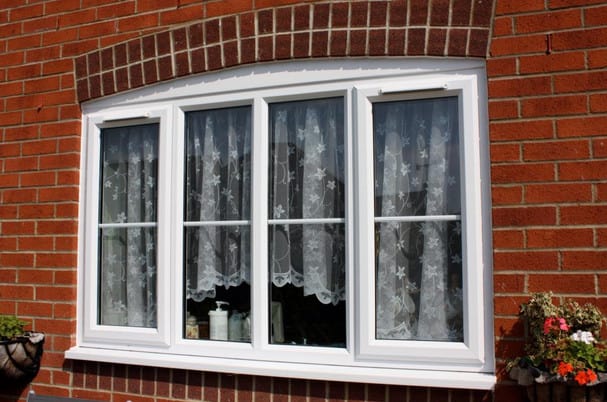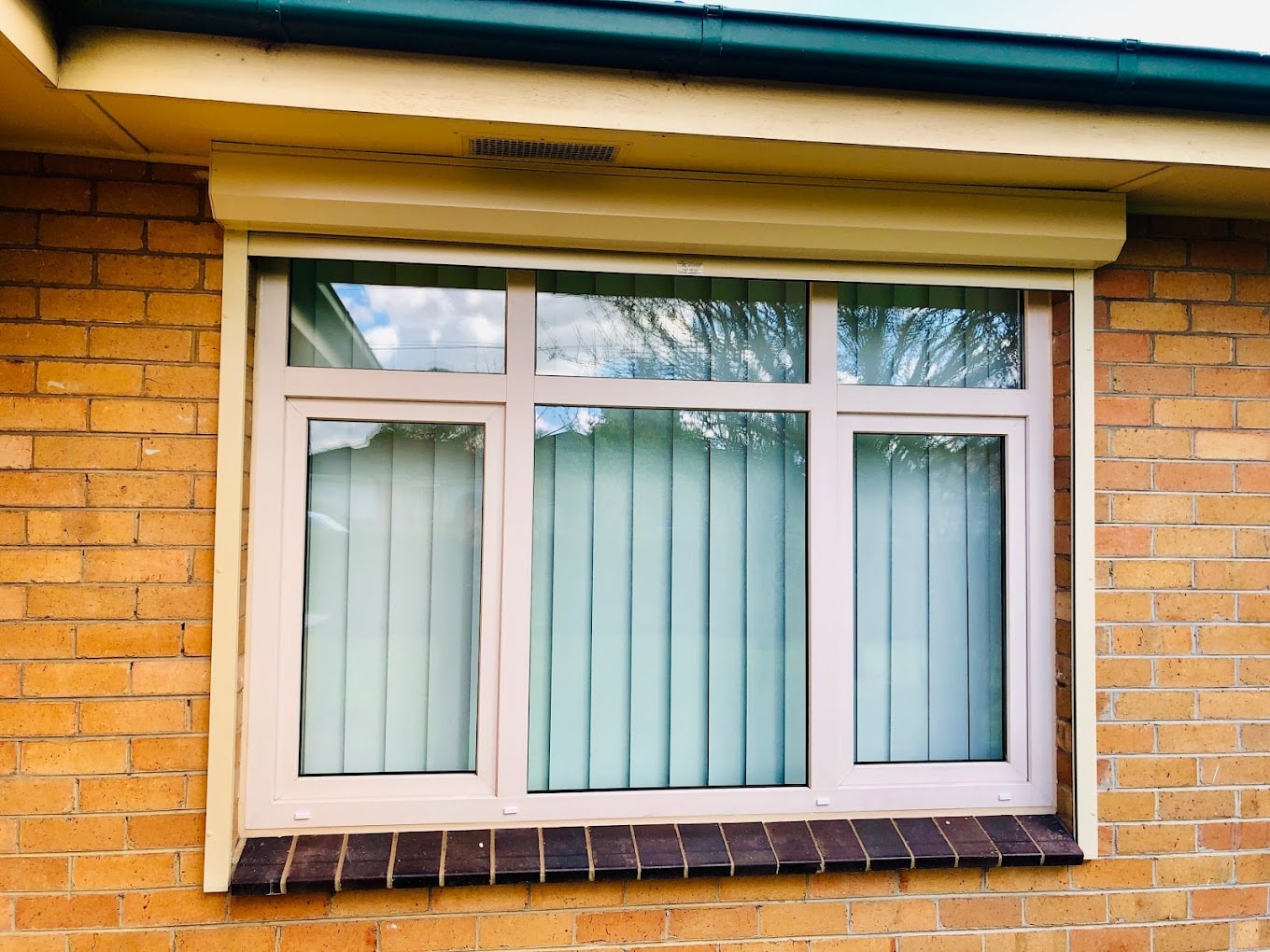All Categories
Featured
Table of Contents
What Are The Best Double Glazed Windows In Australia? in West Swan Perth
Glazing just means the windows in your house, consisting of both openable and set windows, along with doors with glass and skylights. Glazing actually just suggests the glass part, but it is typically utilized to refer to all aspects of an assembly including glass, movies, frames and home furnishings. Focusing on all of these aspects will assist you to achieve efficient passive style.
Energy-efficient glazing makes your home more comfortable and considerably decreases your energy costs. However, improper or poorly created glazing can be a significant source of undesirable heat gain in summer and considerable heat loss and condensation in winter season. Up to 87% of a house's heating energy can be gotten and approximately 40% lost through windows.
Double Glazed Windows In Melbourne in Nollamara Western Australia
Glazing is a significant investment in the quality of your home. A preliminary investment in energy-efficient windows, skylights and doors can significantly decrease your yearly heating and cooling bill.

This tool compares window selections to a base level aluminium window with 3mm clear glass. Understanding some of the crucial residential or commercial properties of glass will assist you to choose the best glazing for your home. Key residential or commercial properties of glass Source: Adapted from the Australian Window Association The quantity of light that travels through the glazing is called noticeable light transmittance (VLT) or visible transmittance (VT).
Top 10 Tips To Keep Your Home Cool in Claremont Perth
This might lead you to turn on lights, which will lead to higher energy costs. Conduction is how readily a material carries out heat. This is called the U value. The U value for windows (expressed as Uw), describes the conduction of the whole window (glass and frame together). The lower the U value, the greater a window's resistance to heat flow and the better its insulating worth.
For example, if your house has 70m2 of glazing with aluminium frames and clear glass with a U value of 6. 2W/m2 C, on a winter's night when it is 15C colder outside compared with inside your home, the heat loss through the windows would be: 6. 2 15 70 = 6510W That is comparable to the total heat output of a large space gas heating unit or a 6.
Double Glazing Perth in Bickley Perth

If you pick a window with half the U worth (3. 1W/m2 C) (for example, double glazing with an argon-filled space and less-conductive frames), you can cut in half the heat loss: 3. 1 15 70 = 3255W The solar heat gain coefficient (SHGC) for windows (expressed as SHGCw) determines how easily heat from direct sunlight flows through a whole window (glass and frame together).
The lower a window's SHGC, the less solar heat it transfers to the house interior. The real SHGC for windows is affected by the angle that solar radiation strikes the glass.
Benefits Of Double Glazing Low-e in City Beach Western Australia
When the sun is perpendicular (at 90) to the glass, it has an angle of incidence of 0 and the window will experience the optimum possible solar heat gain. The SHGC declared by glazing makers is constantly calculated as having a 0 angle of incidence. As the angle increases, more solar radiation is shown, and less is transferred.
Table of Contents
Latest Posts
Triple Glazing Vs. Double Glazing: What Are The Differences? in Willetton Western Australia
Help Control Your House Temperature With Double Glazing ... in Martin Western Australia
How To Diagnose And Fix Misted Double Glazing in Hovea Perth
More
Latest Posts
Triple Glazing Vs. Double Glazing: What Are The Differences? in Willetton Western Australia
Help Control Your House Temperature With Double Glazing ... in Martin Western Australia
How To Diagnose And Fix Misted Double Glazing in Hovea Perth